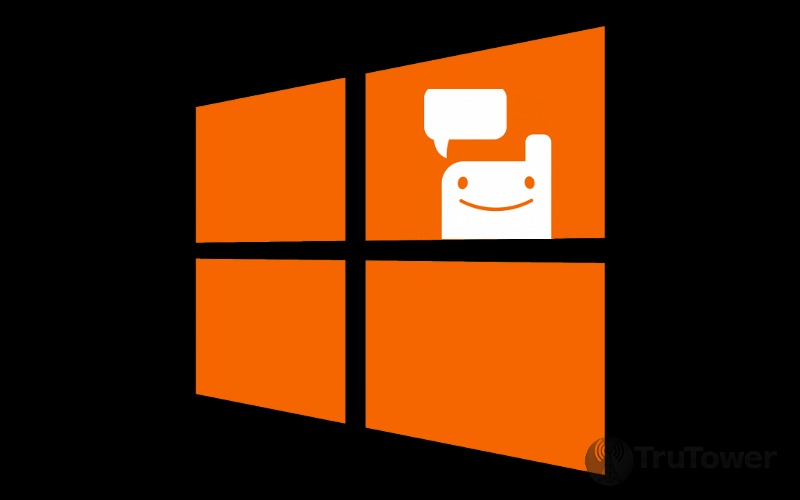It hasn’t even been a week yet since Voxer was released for the Windows Phone 8 platform. We’ve been helping Voxer test the app for just over a month and have become intimately familiar with the push-to-talk app’s Metro interface.
Not that it was hard or took very long. The Windows Phone 8 version of Voxer PTT is arguably the most attractively designed version and is a great representation of the kind of time and care app developers should be putting into their apps for the world’s third largest mobile platform, rather than simply porting the app or releasing a version without all of its core features (unfortunately, this description covers a few of the applications featured here on TruTower). Voxer was not, however, without its own problems.
Once you’ve downloaded and signed in or set up a Voxer account on WP8, you can gain instant access to your messages. If you’ve had an existing account — say, on Android or iPhone — once you sign in, you’ll be able to see and listen to your conversation history as well as view all of your contacts.
As you can see in the photo on the far right below, our contact list is blank even though our conversations and message history are there (first two photos). Engaging in conversation with our contacts does not add them to the contacts list either, although we can add them to the Favorites screen.
Unfortunately, we haven’t found a way around this strange issue and have contacted Voxer about it in the past; no word on a fix yet. Until then, we’ll just have to keep our messages in view lest we lose our contacts’ information.
As for the clarity, the application sounded top-notch on our Nokia Lumia 822 and when conversing with friends who had Nokia Lumia 810’s, Samsung ATIV S’s, and Nokia Lumia 920’s. However, for some reason, our contact with an HTC 8x sounded like they were under water. We were able to assist our contact in working around the issue by restarting their device, but every 15 or 20 minutes into every conversation, the water voice returned, which currently has our contact forced to stick with the messaging or continually restarting the device to make it work. This issue has not been experienced on any other devices that we’ve tested. Please let us know in the comments if your device also has this issue.
We tried the app over 3G, 4G LTE, and Wi-Fi networks, and it performed admirably each time, with no lag, especially when compared to the version available for Android devices. However, it did take awhile to download some of the voice messages on the slower networks, so Wi-Fi would give you the best performance. If you keep the conversation open at all times, it seems to improve the walkie-talkie performance. The app does run in the background, but it will take a little longer for your conversations to load.
The Live Tile performs well and shows all new messages as they come in until they’re marked unread. It will even show you a preview of the message if it’s a text-based message, or will show an “Audio message received” or a picture message notification, depending on the type you receive. It also shows your last message sent if there are no new messages from your contacts. There’s not really much more to say about it. It’s a Live Tile.
Voxer is very familiar, yet brings something different that no other Windows Phone application really has. Sure there are other push to talk applications on the Windows Phone Store such as Heytell and an app uninspiringly named “Push to Talk,” but a quick look at them and a glance back at Voxer, and you can clearly see the difference (at least how the aforementioned apps are currently designed).
Looks aren’t everything, but Voxer does deliver great performance most of the time, even if it can be a little buggy. Considering it’s only at version 0.9.1.6, we can only imagine there’s still more to come and it could amount to a 5-star experience down the road. In the meantime, be sure to point your WP8 device to Voxer in the Windows Phone Store and try it out for yourself.






